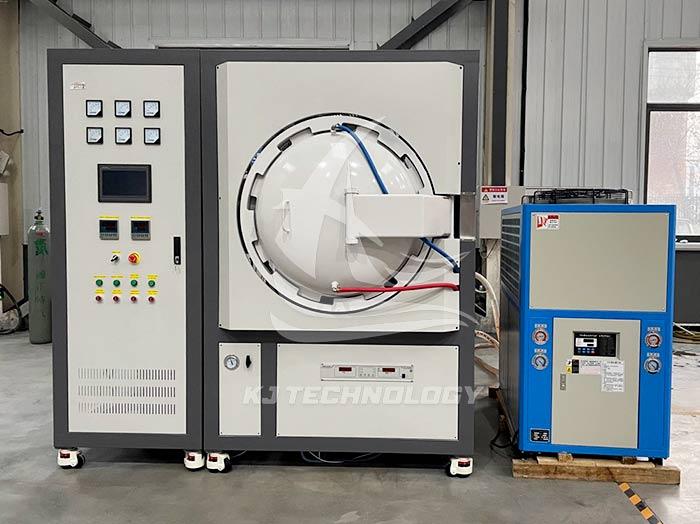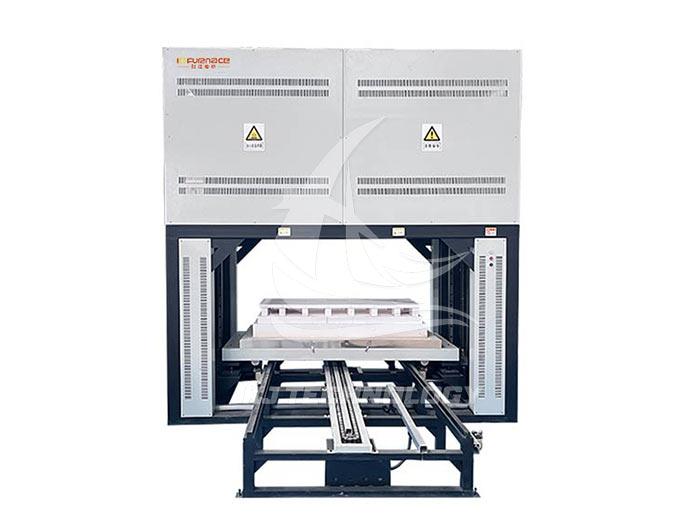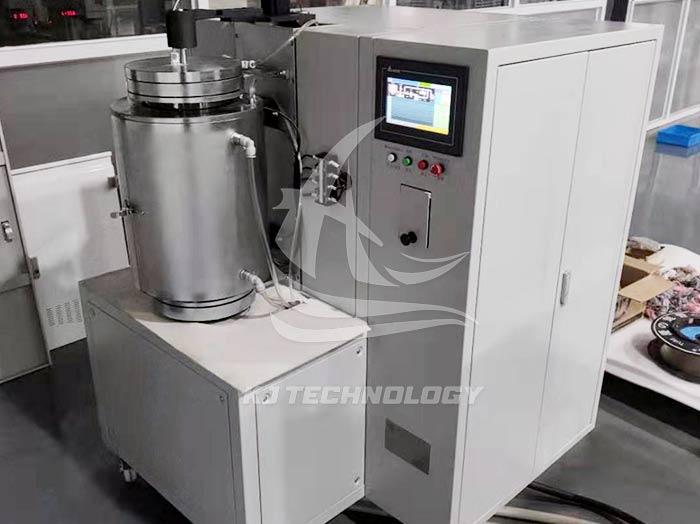What are the temperatures of metal heat treatment furnaces?
 08-12-2025 Author: KJ technology
08-12-2025 Author: KJ technology
The temperature range of metal heat treatment furnaces is wide and can be divided according to process requirements, heating methods, and material types, as follows:
1. Classified by temperature range
Low temperature heat treatment furnace
Temperature range: usually below 650 ℃.
Characteristics: Heat transfer is mainly through convection, suitable for processes such as stress relief annealing and aging treatment.
Application: Eliminate internal stress in metals, stabilize dimensions, and improve cutting performance. For example, aging treatment of aluminum alloy at 150-200 ℃ can significantly improve its strength.
Intermediate temperature heat treatment furnace
Temperature range: 650-1000 ℃.
Characteristics: Radiation and convection work together, suitable for processes such as normalizing and annealing.
Application: Refine grain size and improve tissue uniformity. For example, carbon steel can obtain a uniform pearlite structure after normalizing at 780-850 ℃.
High temperature heat treatment furnace
Temperature range: above 1000 ℃, some can reach 1300 ℃.
Characteristics: Heat transfer is mainly through radiation, suitable for processes such as quenching and solution treatment.
Application: Achieve austenitization and solid solution strengthening. For example, after solid solution treatment at 1050-1150 ℃, stainless steel can eliminate carbide precipitation and improve corrosion resistance.
2. Classified by process requirements
annealing furnace
Temperature range: Depending on the material type, the annealing temperature can range from 500 ℃ (stress relief annealing) to 850 ℃ (complete annealing).
Features: Slow heating and cooling, eliminating internal stress and improving plasticity.
Application: Aluminum alloy annealed at 400-450 ℃ can eliminate work hardening; Copper alloys annealed at 600-700 ℃ can refine grain size.
quenching furnace
Temperature range: usually 800-1000 ℃ (steel) or 450-500 ℃ (aluminum alloy).
Characteristics: Quickly heated above the critical temperature, then rapidly cooled to form martensite or supersaturated solid solution.
Application: High carbon steel can achieve a hardness of over 60HRC after quenching at 850 ℃; After solid solution treatment at 495-505 ℃, the strength of aluminum alloy is significantly improved.
Tempering furnace
Temperature range: 150-650 ℃, divided into low temperature (150-250 ℃), medium temperature (350-500 ℃), and high temperature (500-650 ℃) tempering according to demand.
Features: Eliminate quenching stress, adjust the balance between hardness and toughness.
Application: After low-temperature tempering at 200 ℃, the hardness of tool steel remains above 60HRC; After tempering at a medium temperature of 450 ℃, the elastic modulus of spring steel is optimal.
Solid solution treatment furnace
Temperature range: 980-1250 ℃, adjusted according to the alloy composition.
Characteristic: Dissolve the strengthening phase in the matrix and then rapidly cool to form a supersaturated solid solution.
Application: After solution treatment at 1150 ℃, the high-temperature strength of nickel based high-temperature alloys is significantly improved; After solid solution treatment at 500-520 ℃, the tensile strength of aluminum alloy can reach over 350MPa.








